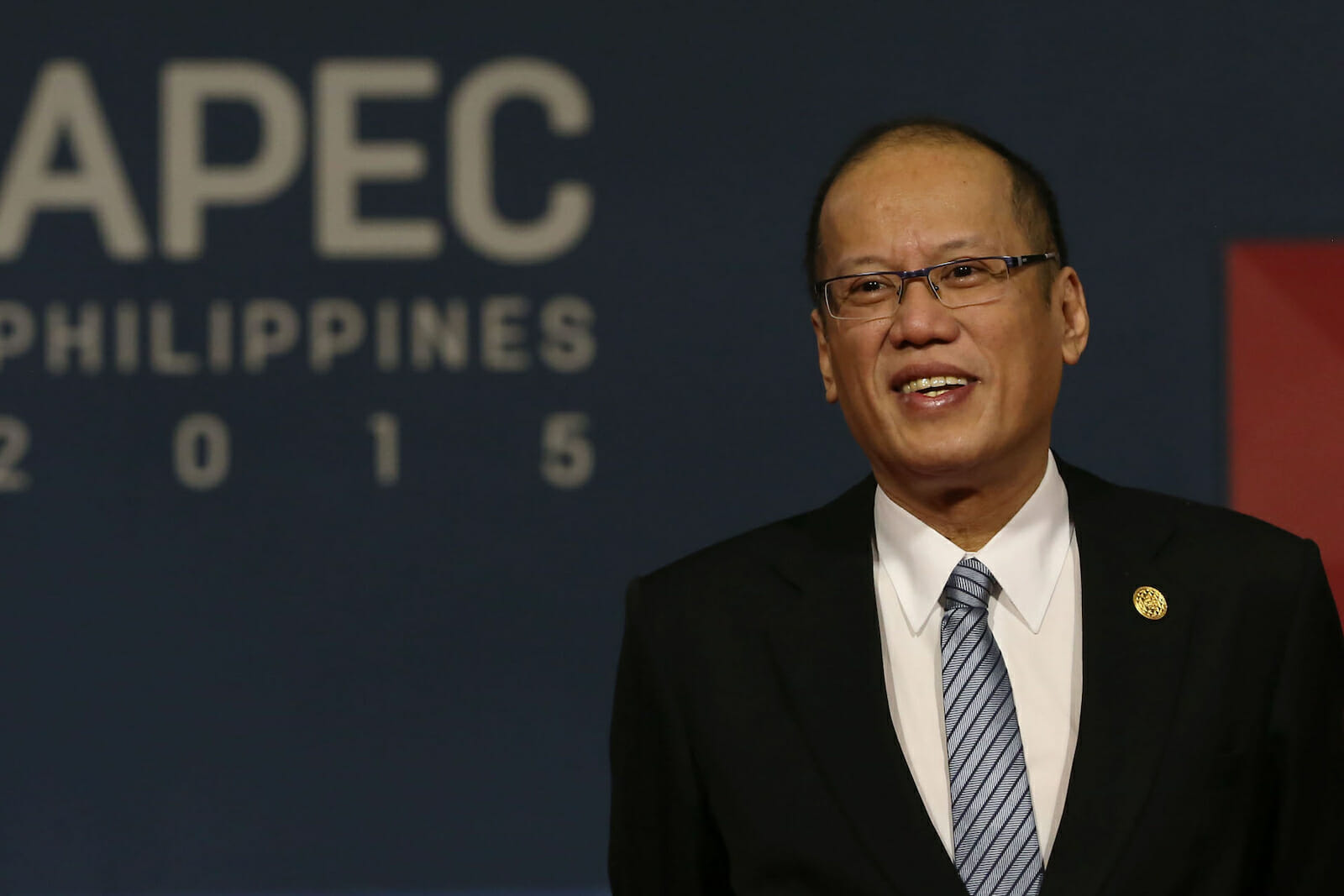
Aquino Must Negotiate over Mindanao
Since serious negotiations with the Moro Islamic Liberation Front (MILF) culminated in the signing of the Framework Agreement between it and the government of the Philippines in 2012, the government had hoped that its decades-long battle with the rebel movement in the southern Philippines was drawing to a close. It had taken a lot of effort to reach that Agreement, and many analysts believed a political resolution was indeed possible. Yet events over the past six weeks have called into question whether such a resolution is indeed possible – the result of actions taken by another rebel group, the Moro National Liberation Front (MNLF).
Under the administration of former President Ramos, the Philippine government completed peace accords with the MNLF in 1996, creating the Autonomous Region of Muslim Mindanao (ARMM). Its leader, Nur Misurari, became the Region’s governor, but in the immediate aftermath of the agreement, the MILF became a breakaway faction of the MNLF and carried out acts of insurrection in the southern Philippines. So while the MNLF had been successfully incorporated into the political process, the MILF kept fighting. Last year’s Framework Agreement was supposed to have addressed the MILF’s concerns and created a path forward to a lasting peace in the southern Philippines.
So it came as a great surprise to the government that last month, the MNLF declared independence from the Philippines in Sulu province and attacked the southern port city of Zamboanga, taking hostages, and sparking a siege that has lasted more than three weeks.
A similar event occurred in 2001 when dozens of people were killed when the MNLF attacked Zamboanga City and Jolo Island. That siege ended in a stalemate, with the MNLF perpetrators being allowed to escape in exchange for the lives of the hostages. The Aquino administration has made sure that the current siege would not end in similar fashion, giving the rebels two choices: surrender or die.
As of last week, at least 400 rebels loyal to Misuari had been either killed or captured. It will take several more weeks before the city is entirely cleared of MNLF rebels, and and ex-ARMM Governor Misuari has yet to be captured.
Analysts in the Philippines generally agree that Misuari’s declaration of independence and the attack on Zamboanga were prompted by the Philippine government’s pace and position in peace talks with the MNLF splinter group, the MILF. Professor Julkipli Wadi, dean of the University of the Philippines Institute of Islamic Studies, believes that the MNLF felt “isolated” in the peace talks between rival MILF and the government, despite the existence of the ARMM.
Since 1996, the MNLF peace agreement has been regularly reviewed in tripartite talks, with Indonesia acting as mediator. According to recent media reports, the presidential commission tasked with negotiating with rebel groups sought the termination of the tripartite review, which further angered the MNLF. The Aquino government denied this, noting that a meeting with the MNLF and Indonesia was scheduled prior to the Zamboanga attack. What seems clear is that, after receiving millions of dollars for the development of the Mindanao autonomous region under previous administrations, Misuari and his supporters felt left out of the process under the Aquino administration.
The government can only speculate whether the MNLF had been ostracized from talks involving its own break-away faction, or how meaningful and all-inclusive the talks have been. To end the unrest, Aquino must deliver the type of meaningful economic development that exists in other regions of the Philippines, such as Luzon and the Visayas, while at the same time ensuring that peace and security prevail, as preconditions to a favorable business climate. Given the region’s history and recent events, this will be doubly difficult to achieve.
Mr. Aquino can emulate the approach of previous administrations and throw money at the problem, or he can attempt to produce a more holistic solution that will address the resurgent separatist violence in Mindanao. At the heart of the issue is that many Muslims in the southern Philippines believe the country’s Christians have oppressed them and exploited the natural resources derived from Mindanao. Factionalism among the rebel organizations is complicated by allegiance to regional clans, requiring the government to negotiate with a complicated aggregation of players whose allegiance has shifted over time. To be successful in negotiating with the rebels, an umbrella agreement must be concluded that draws a myriad of groups into the process. Simply negotiating with Misuari and the MNLF will not be sufficient.
The Mindanao issue has already been partly addressed through the formation of the semi-autonomous ARMM. Under the proposed peace agreement with the MILF, which mirrors the multi-staged incremental peacebuilding models of South Africa and Northern Ireland, the ARMM will be dissolved and a new entity — the Bangsamoro — will be formed. Under this plan major parts of Mindanao will be governed under a framework closely resembling a federal system, operating under a unitary national government holding overriding constitutional jurisdiction. Under a previous agreement with the government, the majority of tax revenue derived from metals mining, and half of fossil fuel taxes, will remain in Mindanao. Any future agreement will need to contain a similar arrangement.
The seeds of the unrest are ultimately a question of power, and just how inclusive political participation is perceived to be, and actually is, in the governance of resource-rich Mindanao. The Moro people — from the militants to the moderates — have long sought self-determination because Philippine politics is perceived by many southerners as too Manila-centric. Mr. Aquino has little choice but to strike another deal with Misuari, as he ultimately stands a better chance of negotiating with the devil he knows. The challenge in doing so is enabling other rebel groups to feel a legitimate part of the process. That will be no easy task, but if anyone stands a reasonable chance at succeeding, it would be Mr. Aquino, who has confounded his critics in a variety of areas since the beginning of his presidency. He is running out of time.


